Why Is Cosplay So Sexualized?
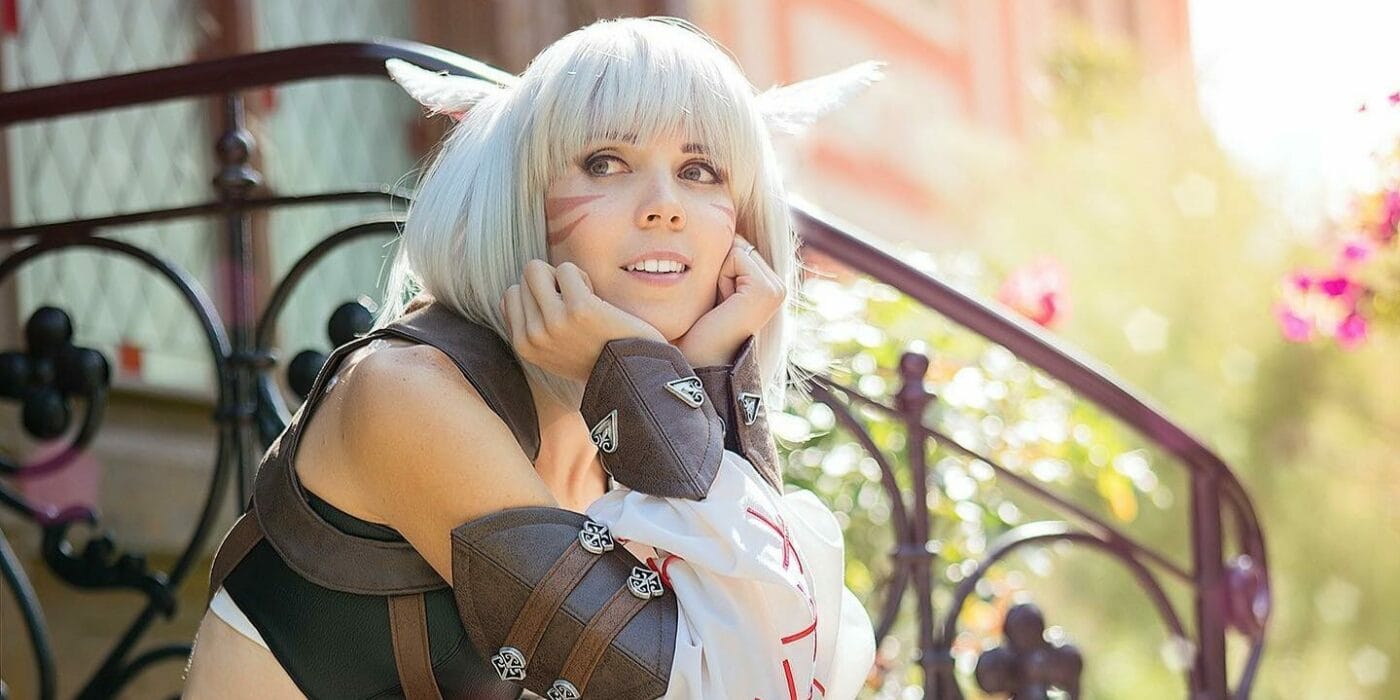
Introduction to Cosplay
Cosplay, a portmanteau of 'costume play,' is an activity where participants, known as cosplayers, dress up as characters from various media, including movies, TV shows, video games, and comics. This practice involves not just wearing costumes but also embodying the characters through actions and dialogues. 1
The term 'cosplay' was coined by Japanese journalist Nobuyuki Takahashi in 1983 after he attended the World Science Fiction Convention in Los Angeles. Inspired by the elaborate costumes he saw, Takahashi combined the words 'costume' and 'play' to describe this emerging trend. 2
Over the years, cosplay has evolved from a niche hobby into a global subculture. It has millions of followers worldwide, with dedicated conventions, social media communities, and even professional cosplayers who make a living from their craft. 3
Cosplay allows fans to express their creativity and craftsmanship. Participants often spend months perfecting their costumes, which can involve sewing, prop building, and special effects makeup. This dedication reflects their passion for the characters and stories they love. 4
The cosplay community is known for its strong sense of camaraderie. Fans come together at conventions and online platforms to share their love for fictional universes. This sense of belonging and mutual support is a significant aspect of the cosplay experience. 3
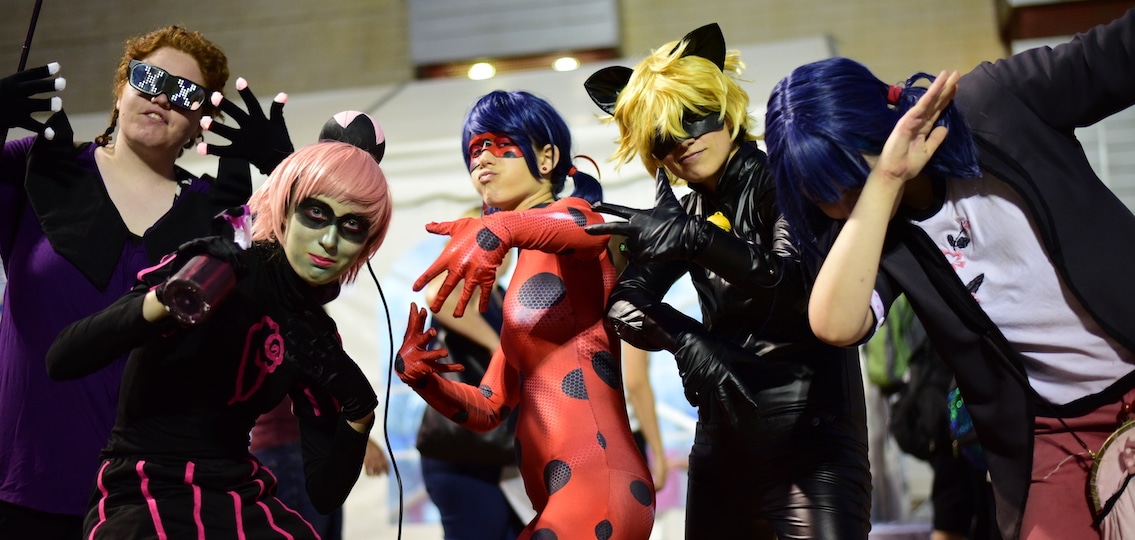
yourteenmag.com
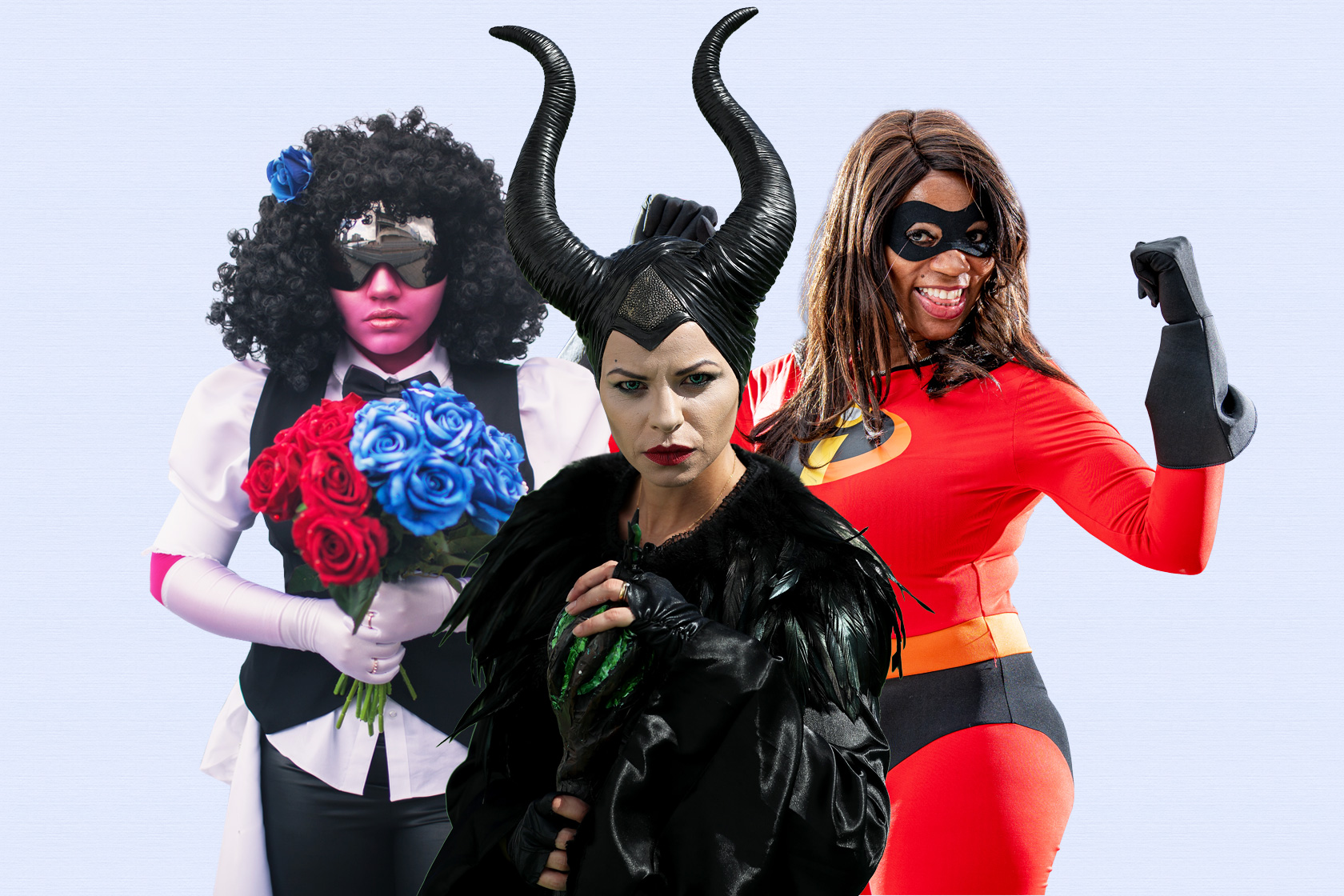
www.stylist.co.uk
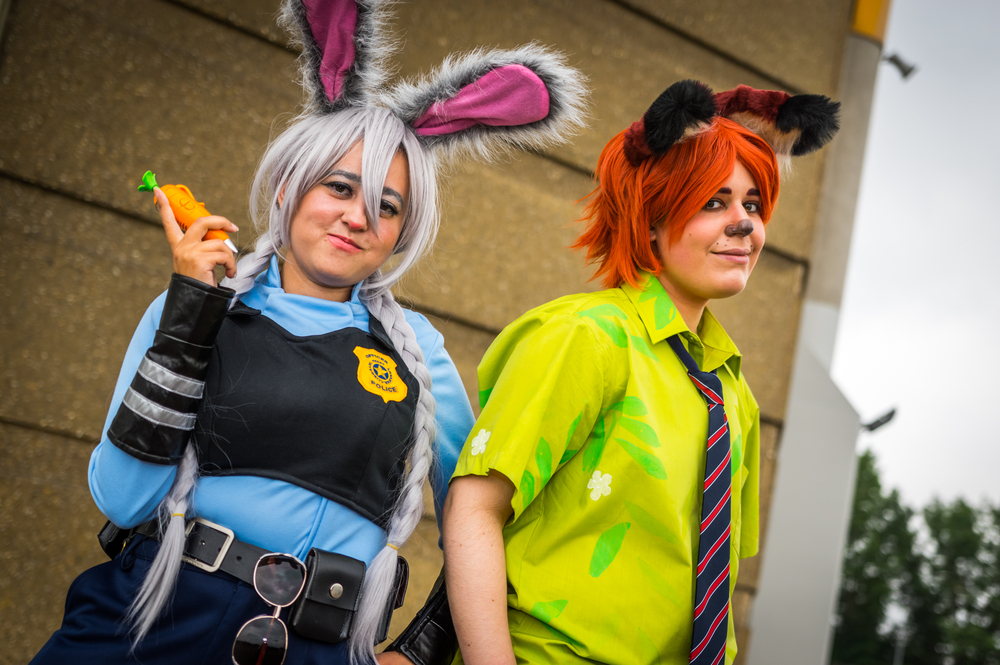
www.livescience.com
Influence of Pop Culture
Many characters, especially from anime, manga, and video games, are designed with provocative aesthetics, contributing to the sexualization of cosplay. These designs often emphasize exaggerated physical features and revealing outfits, which can influence how cosplayers choose to portray these characters. 5
The portrayal of characters in revealing or sexualized outfits in media influences how fans choose to interpret and embody these characters. Media representations often prioritize visual appeal, which can lead to a focus on physical appearance in cosplay. 6
Some argue that provocative designs are a form of artistic expression and body positivity. For these cosplayers, embodying characters with bold aesthetics is a way to celebrate their own bodies and challenge societal norms about beauty and sexuality. 7
Certain genres, such as fantasy and sci-fi, often feature characters with unconventional or provocative attire. These genres push the boundaries of traditional fashion, allowing for creative and sometimes risqué interpretations in cosplay. 8
Characters from different cultural contexts may have designs that align with traditional or contemporary fashion trends, some of which may be perceived as provocative. This cultural diversity in character design adds to the variety of cosplay interpretations seen at conventions and events. 9

www.belloflostsouls.net

www.belloflostsouls.net
Community Perceptions
For some cosplayers, sexualized cosplay is a powerful form of self-expression and empowerment. It allows them to embrace their bodies and showcase their confidence, challenging societal norms and expectations. 5
However, this form of cosplay is not without its critics. Many argue that it perpetuates unrealistic beauty standards and shifts the focus away from the craftsmanship and creativity that are central to the art of cosplay. 10
Female cosplayers who choose to engage in sexualized cosplay often face scorn and judgment from others within the community. This criticism can overshadow their efforts and contributions, reducing their work to mere attempts at gaining sexual attention. 11
Finding a balance between celebrating characters' personalities and stories and not reducing them to their appearance is a challenge. Many in the community strive to promote a diverse and inclusive environment that respects all forms of cosplay. 5
The cosplay community is diverse, with varying opinions on sexualized cosplay. While some support it as a form of self-expression, others oppose it, advocating for a focus on creativity and character depth. 8
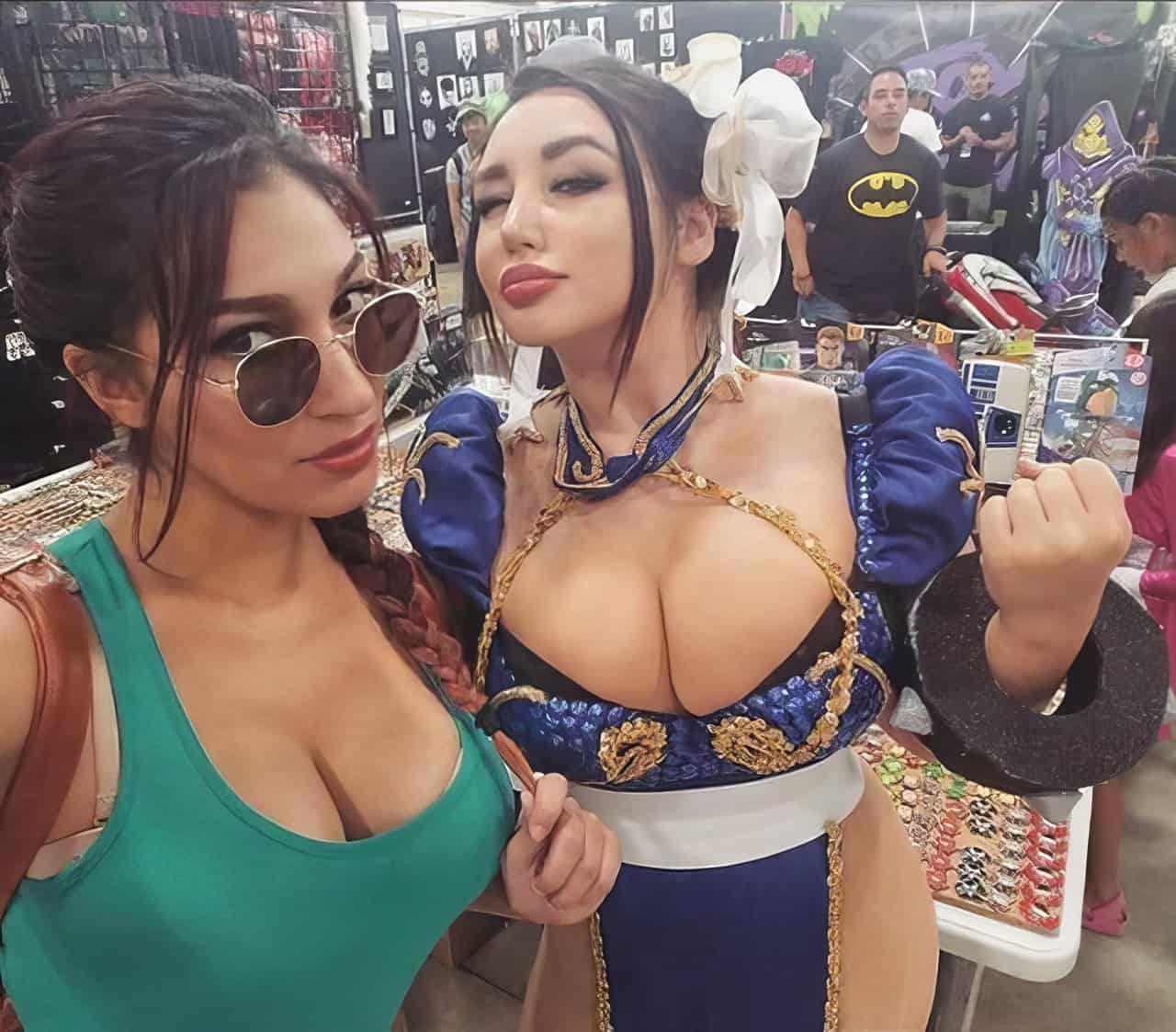
www.geekextreme.com
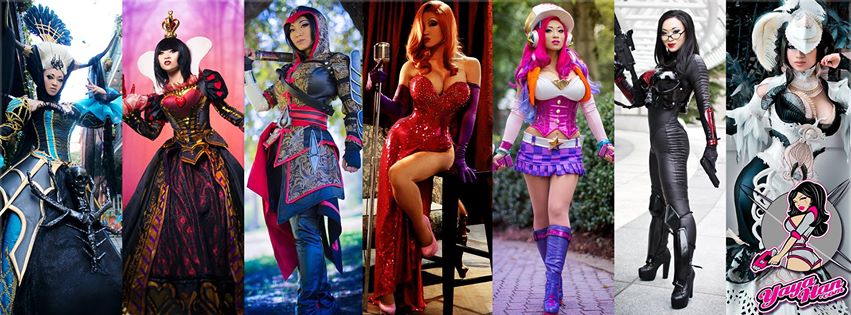
www.nymgamer.com

cosplaymom.com
Impact on mental health
Sexualized cosplay can lead to objectification and harassment, particularly for women. Female cosplayers often face unwanted attention and inappropriate behavior, which can overshadow the creative and fun elements of cosplay. 11
Cosplayers may face judgment and pressure to conform to certain standards of appearance. This judgment can come from both within the cosplay community and from outsiders, leading to a distorted view of what cosplay should represent. 12
While some find empowerment in sexualized cosplay, others may experience negative impacts on their self-esteem and body image. The pressure to look a certain way can lead to feelings of inadequacy and self-doubt. 8
For some, cosplay serves as a coping mechanism for social anxiety and other mental health issues. Dressing up as a beloved character can provide a sense of escape and allow individuals to express themselves in ways they might not feel comfortable doing in their everyday lives. 13
The supportive nature of the cosplay community can provide a sense of belonging and validation, helping individuals cope with mental health challenges. Being part of a community that shares similar interests can be incredibly empowering and provide much-needed emotional support. 14
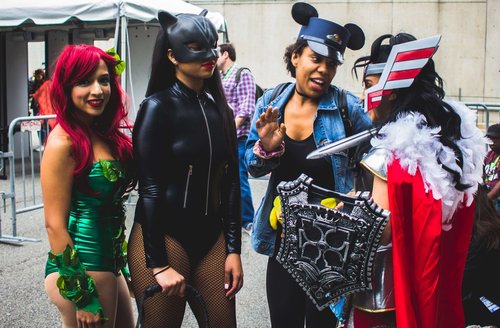
www.queencosplay.com
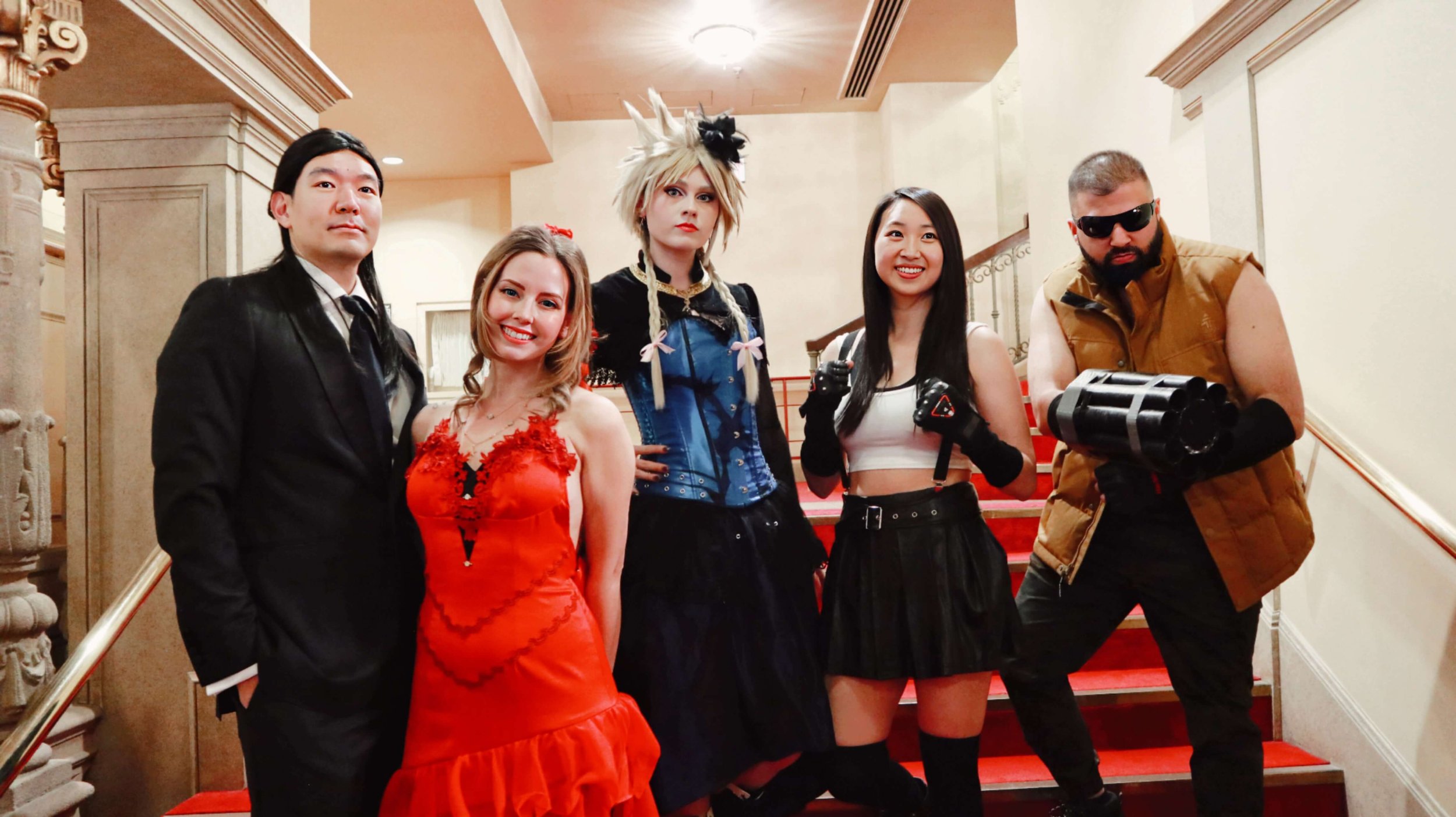
www.queencosplay.com
Efforts to Promote inclusivity
Movements like 'Cosplay Is Not Consent' emphasize that wearing a certain outfit does not mean people can act however they want toward cosplayers. This initiative aims to educate the community about respecting personal boundaries and ensuring that everyone feels safe and comfortable at events. 15
Efforts are being made to promote diverse representation within the cosplay community, including people of different races, genders, and body types. This push for inclusivity ensures that everyone feels welcome and represented, regardless of their background or physical attributes. 16
Organizers of conventions and events are implementing stricter policies and codes of conduct to ensure respectful behavior. These measures are designed to create a safe and welcoming environment for all attendees, emphasizing the importance of mutual respect and consideration. 17
Many cosplayers and fans actively work to create an inclusive environment that celebrates characters beyond their appearance. This approach focuses on the personalities and stories of the characters, rather than reducing them to their physical attributes. 5
Panels and discussions at conventions address issues of inclusivity, genderbent cosplay, and body positivity. These sessions provide a platform for cosplayers to share their experiences, offer support, and discuss ways to make the community more inclusive and accepting. 17
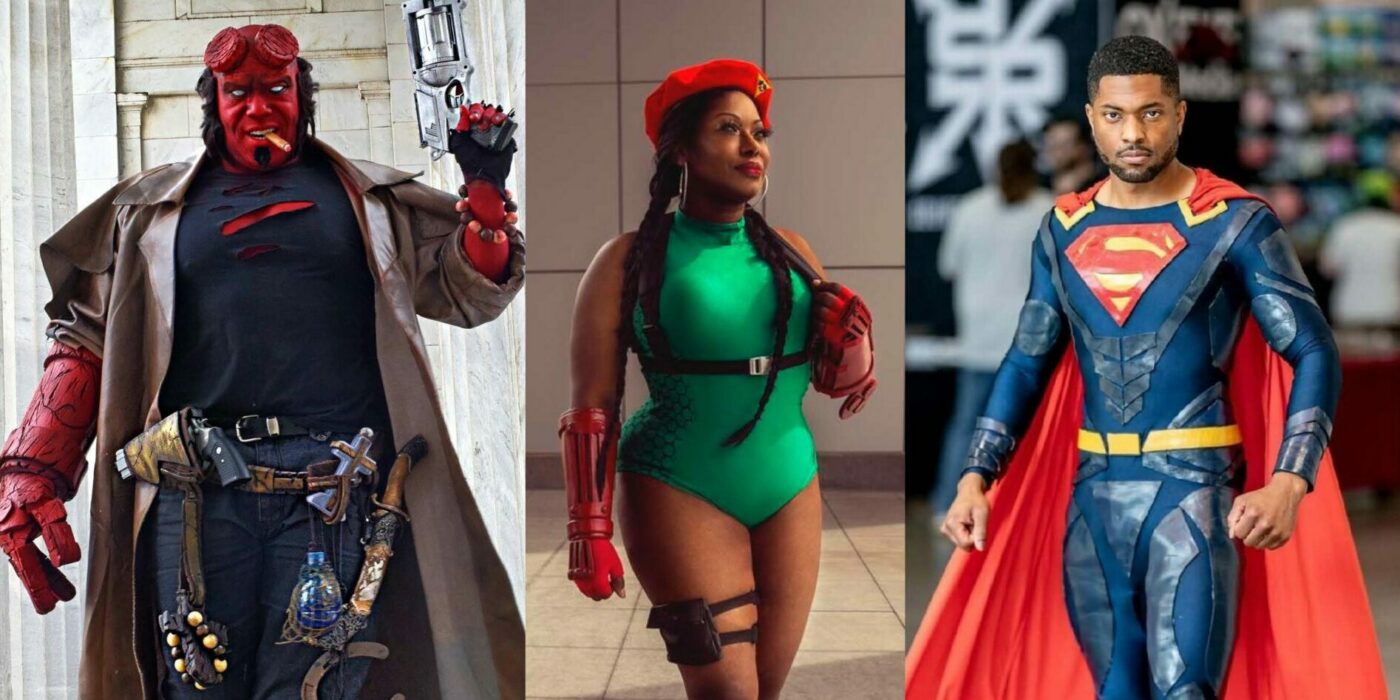
www.belloflostsouls.net
Conclusion
The sexualization of cosplay is significantly influenced by how characters are portrayed in media. Characters from anime, manga, and video games often have provocative designs, which cosplayers replicate, contributing to the trend of sexualized cosplay. 5
Within the cosplay community, opinions on sexualized cosplay vary widely. Some view it as a form of empowerment and self-expression, while others believe it detracts from the creative and fun elements of cosplay, reducing it to a means of gaining sexual attention. 11
The impact of sexualized cosplay on mental health can be both positive and negative. For some, it boosts self-esteem and confidence, while for others, it can lead to feelings of objectification, judgment, and pressure to conform to certain standards. 8
Efforts are being made within the cosplay community to promote a diverse and inclusive environment. Many cosplayers and fans work to celebrate characters' personalities and stories, rather than focusing solely on their appearance. 5
Balancing creativity, self-expression, and respectful behavior is essential for the continued growth and acceptance of cosplay. This balance ensures that the community remains welcoming and supportive for all participants, regardless of their approach to cosplay. 10